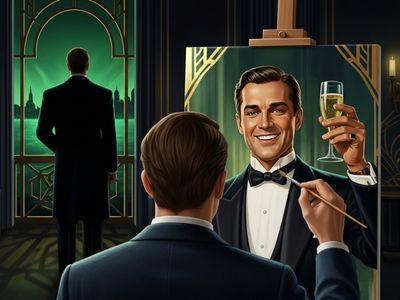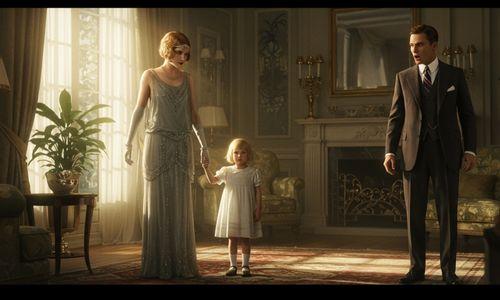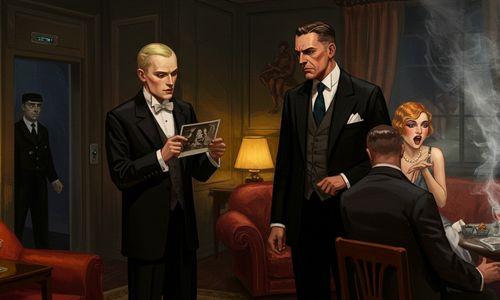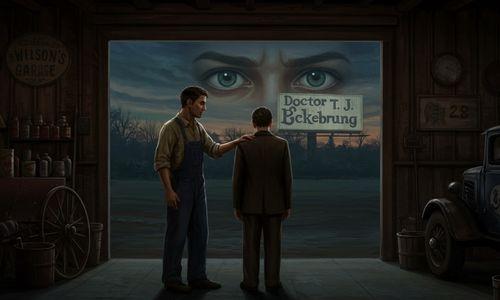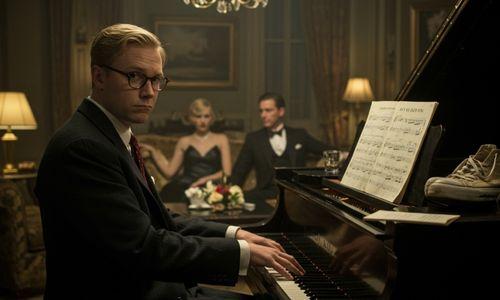The Great Gatsby’s Theme of Illusion vs. Reality | Who Is the Real Illusionist?
The Great Gatsby’s theme of illusion vs. reality is a dual-layered deception that ensnares the characters and the reader alike. The first layer is Jay Gatsby’s conscious performance of a fabricated identity. The second, more critical layer is the romanticized myth that our narrator, Nick Carraway, crafts for us. Our analysis argues that Fitzgerald’s true […]
The Great Gatsby’s Theme of Illusion vs. Reality | Who Is the Real Illusionist? Read More »
